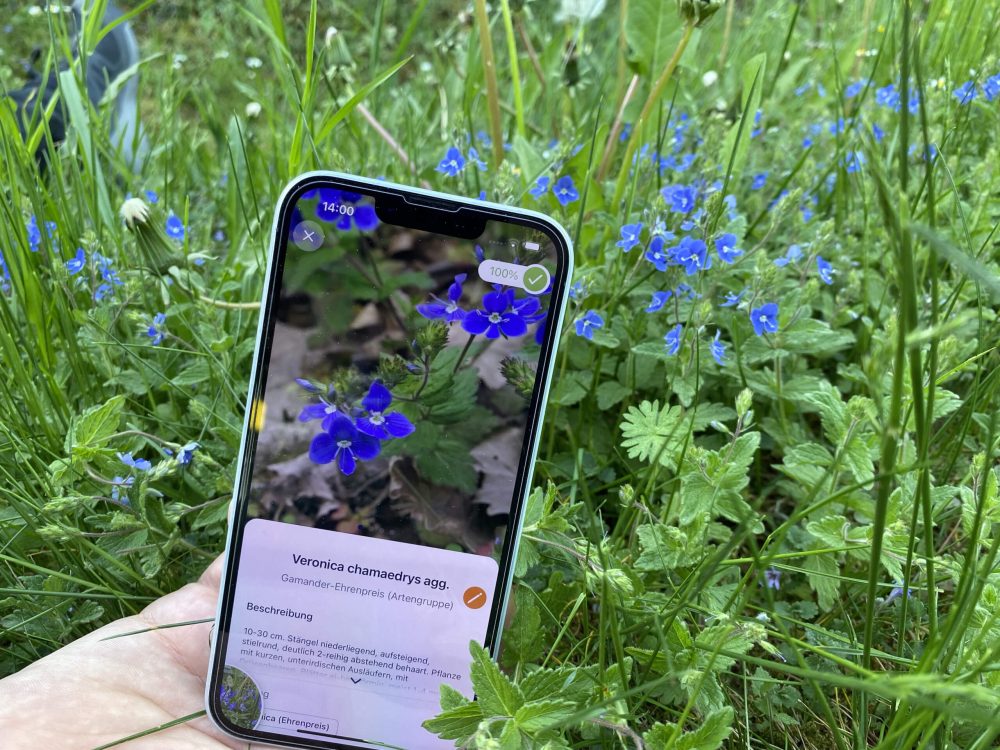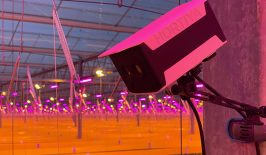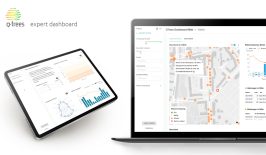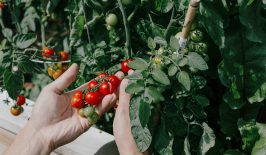Do you actually know what’s growing in your garden? Or on the roadside that you pass every day? No idea? Don’t fear—the Flora Incognita app identifies more than 16,000 plant species for the curious horticulturalist. Simply take a picture of the mystery plant in question and receive its name and a description in a matter of seconds. You’ll also get information on the characteristics, distribution and conservation status. But the app can do even more: every plant captured with the camera also provides important data for biodiversity research.
Plant recognition—boosted by AI
Behind the app is an AI that analyses all images with a sequence of deep neural networks on the Flora Incognita computer cluster. However, this also comes with a drawback: the images and metadata can only be transferred to the server with an internet connection. Therefore, no results can be expected in areas without strong enough network coverage, which could rule out more remote areas. However, images of plants taken with the app can also be identified later, like with other identification apps such as Spotify. All important metadata associated with this image is retained in offline mode.
According to the company, the Flora Incognita app has been downloaded over 5 million times since 2018—and over 300,000 identification requests are received daily. As a result, the digital reference work has not only established itself among plant experts but has also become an important authority in biodiversity monitoring. Thanks to its widespread use, the plants are now documented in real-time on an unprecedented scale. And this is more important than ever.
Biodiversity loss is a major threat
Alongside the climate crisis, biodiversity loss is one of the greatest threats to humanity. When species become extinct or new species immigrate, this can destroy entire ecosystems. And since all ecosystems are ultimately interconnected, this can have far-reaching consequences. Comprehensive monitoring of plant biodiversity is therefore essential for species conservation, as it enables changes to be recognised earlier.
However, monitoring is challenging because the need for effective conservation measures also increases the need for spatially and temporally high-resolution surveys. At the same time, the population’s knowledge of species is declining.
A wide variety of methods are already being utilised for monitoring. Satellite images can be used to recognise the greening of entire areas of land and cameras in treetops create automated image series from above. However, it is difficult to recognise specific details about which plants are around and in which growth phase or state they are currently in. The Flora Incognita app and their hard-working plant collectors are closing this gap.
Visualising changes in the plant world
We humans have one thing in common with insects: attraction to colourful flowering plants. That’s why most photos taken in the app are of plants in full bloom. The thousands of requests over the several years of the app’s existence have resulted in a wide pool of observation data. This shows, for example, whether the flowering periods are shifting. This helps scientists to better understand the effects of climate change on biological systems. The observation data from the Flora-Incognita app complements the data collected by, for example, the German Weather Service.
With the help of the observations, supra-regional phenological patterns could also be detected. These include, for example, the later flowering of many species in northern and eastern Europe and a Europe-wide shift in the start of flowering between years.
Another possible application of the Flora-Incognita data is the monitoring of invasive plant species. These often pose a threat to native biodiversity. However, controlling and combating them is associated with high costs for our society. Early detection and a rapid response are crucial to prevent the spread and establishment of such invasive species. Flora Incognita can make a valuable contribution, as invasive species also end up in front of users’ cameras. The documentation of plant occurrences at a specific time in a specific place thus creates a growing and robust source of data – across national borders.
The Flora Incognita app was developed by the Ilmenau University of Technology and the Max Planck Institute for Biogeochemistry and is currently available free of charge in 20 languages for Android, iOS and Harmony OS devices.
Flora Incognita is constantly being developed further. Gradually, high-quality profiles for all supported languages are being added and a global reach is also being sought. In addition, profiles specifically for children are to be integrated. If several profiles are available, the desired profile can be selected via the app settings.








